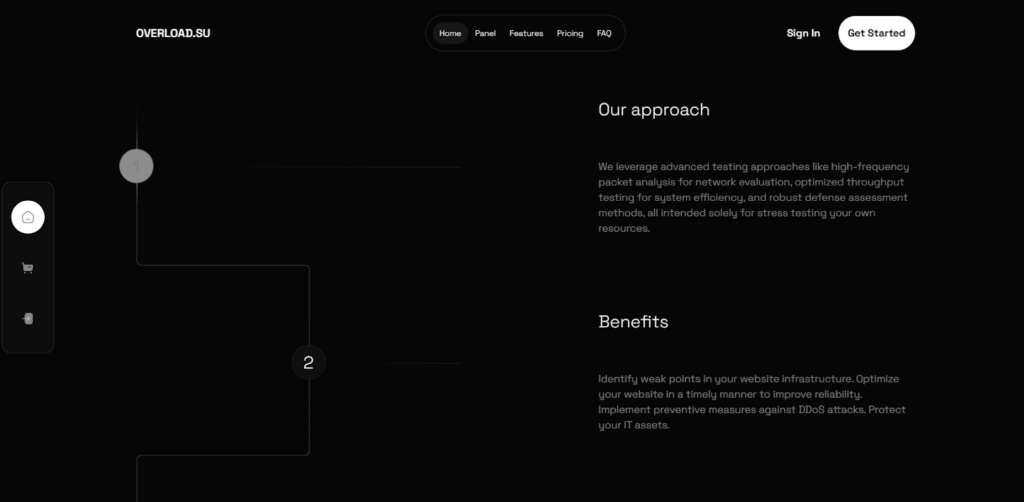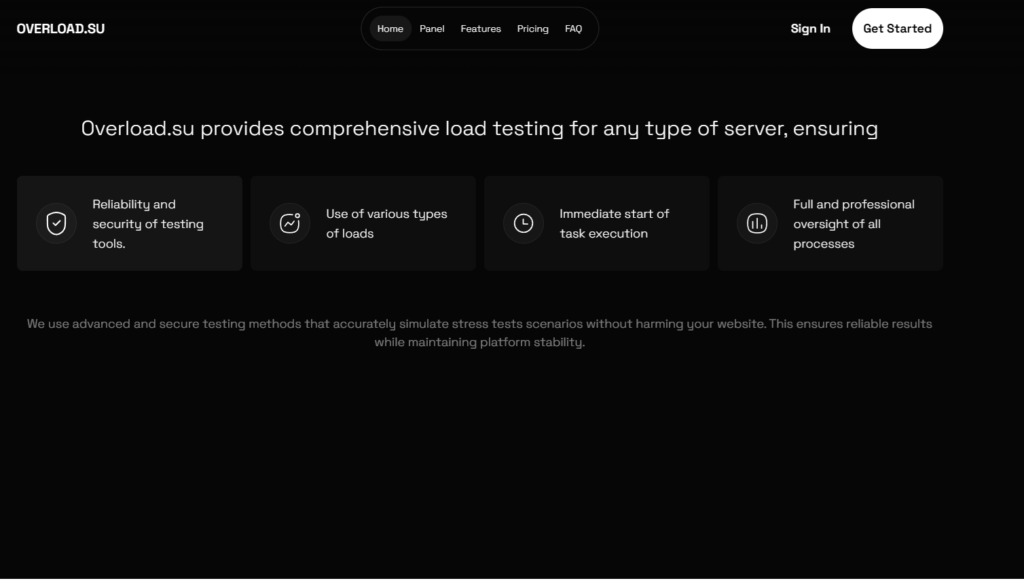When IT infrastructures fail, it is never a random event, but a result of overlooked stress points and general mishandling of the platform’s security. Most often, these failures happen at the worst possible moments during peak user activity, and that leads to brand damage and financial losses for the company.
The reason why this is such a common problem in so many industries is simple — most companies test reactively or superficially, without extracting long-term insights. Not only that, but they rely on synthetic tests that cannot provide a real-world picture.
Overload.su, founded by Jordan McRae in 2024, is a stress-testing platform that provides realistic testing services that provide businesses with more than just pass/fail results. The team behind the project generates strategic data that enables companies to make better decisions regarding their system design, scaling, and cost management.

Traditional stress testing and its limits
As McRae explains, the most common approach for platform owners is rather basic: they use tools that simulate simple scenarios to see if their system crashes under the pressure. However, this provides no contextual insights and only operates with limited variables, which are disconnected from real-world user behavior.
“Technically, you did pass the test, but it provides little to no value because you’ve prepared yourself to deal with a highly theoretical situation. Your fixes will be superficial and your infrastructure will remain vulnerable, because there are bottlenecks and other issues you can only notice in a realistic environment,” comments Jordan McRae.
Ever since its launch, Overload.su has made it its mission to solve this issue by popularizing realistic stress testing that mimics real-life loads and translates the results into much more usable data.
Overload.su’s realistic stress testing approach
Unlike most of its competitors in the niche, Overload.su relies on emulating real user traffic patterns instead of synthetic loads. The team tests across multiple endpoints, simulates spikes, concurrency, and regional access, helping companies evaluate just how well their infrastructure will hold on a Black Friday or under a certain type of attack.

“When you test your website with Overload.su, you don’t just learn whether your website can survive or not, but also understand how it will behave under pressure across different touchpoints. This helps you understand what you should prioritize and what exactly you need to do to make your infrastructure more resilient across the board,” explains McRae.
Turning data into an infrastructure strategy
Overload.su provides users with comprehensive expert-level reports that visualize all the important test data: from throughput and latency to failure points and resource bottlenecks. This way, the team has already helped over 20,000 clients with identifying inefficient load balancers, reconfiguring cloud auto-scaling rules, optimizing database query performance, and rethinking CDN deployment.
“Our clients often follow the same pattern: they begin with a single test but quickly realize the full potential of the tools we provide, so it becomes a continuous optimization-focused partnership for them. It’s not just about security or QA — we enable faster deployment decisions with less guesswork, and that’s why companies start integrating stress testing into CI/CD pipelines,” says Jordan McRae.
The team behind Overload.su reiterates that any business infrastructure strategy shouldn’t be reactive — a data-driven approach is the only reliable way to scale and build truly resilient systems. If you’re interested in scaling your platform with Overload.su, then you can connect with the team using the Contact Us section on the official website.


